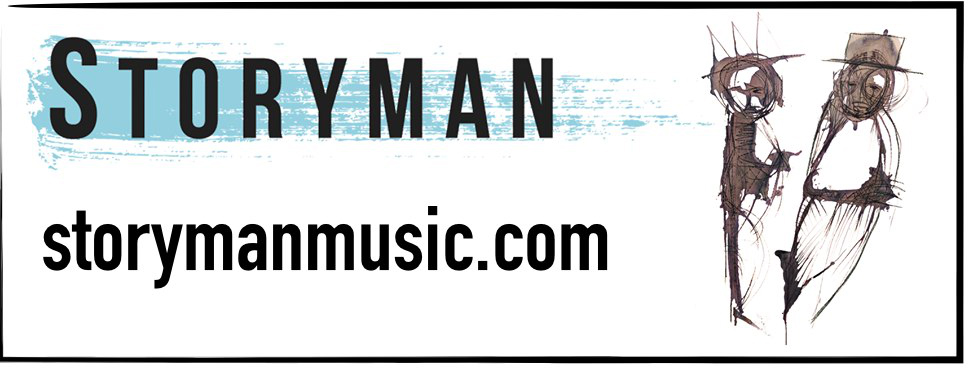SciWorks Radio is a production of 88.5 WFDD and SciWorks, the Science Center and Environmental Park of Forsyth County, located in Winston-Salem. Follow Shawn on Twitter @SCIFitz.
At a SciWorks star party on a cold winter's night, you are squinting through a Forsyth Astronomical Society telescope at the Orion Nebula. In this beautiful, interstellar cloud, you see a few of the hundreds of thousands of new stars being born in this stellar nursery, recycling the remnants of those that have long since died in a supernova explosion.
This story of universal-scale recycling and evolution has played out repeatedly over the past 14-billion years. I sat with Dr. John Barrow, Professor of Mathematical Sciences in the Department of Applied Mathematics and Theoretical Physics at the University of Cambridge in England while he was visiting Wake Forest University to talk about our place in this dynamic universe.
The universe is everything there is, but we don't know if the universe did indeed have a beginning. But let's suppose it does; it's not an explosion that occurs at one point. You think of the beginning of someone unfurling an infinite sheet then stretching it and it expands.
Expansion appears to have begun around about 14-billion years ago. And throughout that period of expansion, the conditions in the universe have been changing steadily; it's been getting cooler, it's been getting less dense, the temperature's been falling, the brightness of radiation in the universe has been diminishing.
At the start of the expansion, there was as much material in the universe as there is today. But back then, it was all simple atoms - mostly hydrogen with some helium - but, as they interacted, things changed.
At some time during those many billions of years of history, conditions become suitable for galaxies and for stars and planets to form, so the universe was not always the same. It's an evolving, changing environment, and we then have to think about how this connects to the types of features of the environment that you need in order to have life and intelligence in the universe.
And you and me are made of atoms which are a bit bigger and more complicated than just hydrogen and helium gases, which to a first approximation is all the universe is made of. It's 75% hydrogen and about 25% helium. And just in the tiny, tiny thousandth of a percent or less of the rest of the stuff is where all the atoms like carbon, nitrogen, and oxygen, that you are made of, come from. Those atoms don't just appear in the universe ready-made in the beginning or at some past time; they are made in the stars. And in the final stages of the life of stars when they undergo a supernova and explode, they will disperse these life-supporting elements, like carbon, throughout the universe where they'll eventually end up in rocks and the materials that form planets, and then into you and me. So every carbon atom in your body contains, at its nucleus, a carbon nucleus that has come from a star.
To make enough of the elements to support the chemical complexity of biology, we need an enormously old universe. Stars truly are the factories of life, but for you or your cat to exist, several generations of stars need to have come and gone - each born from the atoms of previous generations, like the babies of the Orion Nebula.
We've come so far in our understanding, but there is so much more to learn.
Cosmology is bit like archeology; you try and make predictions that there should be certain fossils left in the universe which will tell you what happened further and further into the past.
We saw the first detection directly of gravitational waves, and we hope we might even detect some gravitational waves from the first moments of expansion of the universe. So that's the fossil that would tell us more than anything about the nature of the first moments of the expansion.
We may, of course, never know. We shouldn't expect to be able to answer every question we ask about. The universe is not constructed for our convenience.
---
This Time Round, the theme music for SciWorks Radio, appears as a generous contribution by the band Storyman and courtesy of UFOmusic.com.

300x250 Ad
300x250 Ad
